In the culinary universe, raw peanut chutney stands out as an exceptionally versatile and delectable condiment. Whether it is used as a dipping sauce, spread, or accompaniment, this flavorful blend of ground peanuts and spices adds a burst of taste to any meal. Not only does raw peanut chutney offer a range of flavors, but it also packs a nutritional punch. This article will delve into the origin, ingredients, health benefits, and diverse usage of raw peanut chutney, enabling you to explore new and exciting ways to incorporate it into your culinary repertoire. 1. Origins and Regional Variations: Peanuts are believed to have originated in South America and gradually spread to different parts of the world through trade and exploration. The concept of chutney, on the other hand, traces its roots back to the Indian subcontinent. The combination of peanuts and spices led to the creation of raw peanut chutney in various regional cuisines. Throughout India, different states have their own take on raw peanut chutney.
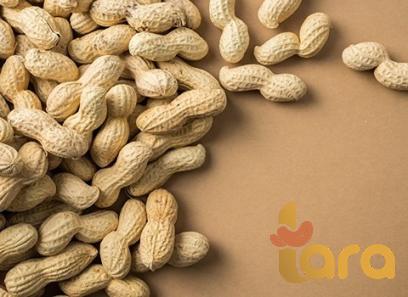
.
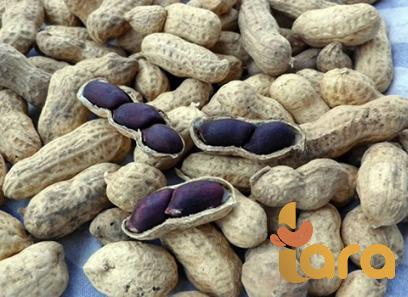 In the southern states of Andhra Pradesh and Telangana, spicy and tangy peanut chutney is a staple accompaniment for idlis, dosas, and vadas. In the western state of Gujarat, sweet and tangy peanut chutney is commonly paired with snacks like dhoklas and theplas. Each region brings its own unique flavor profile to the dish, making it a delightful experience for the taste buds. 2. Ingredients and Preparation: The simplicity of raw peanut chutney lies in its minimalistic yet flavorful ingredients. The core components typically include raw peanuts, spices, herbs, and a souring agent that adds tanginess. Additional ingredients such as garlic, ginger, tamarind, coconut, and chili peppers are often used to enhance the taste and texture. Here is a basic recipe for raw peanut chutney: Ingredients: – 1 cup raw peanuts – 2-3 dried red chili peppers – 1 tablespoon sesame oil – ½ teaspoon mustard seeds – ½ teaspoon cumin seeds – A pinch of asafoetida (hing) – Curry leaves (optional)
In the southern states of Andhra Pradesh and Telangana, spicy and tangy peanut chutney is a staple accompaniment for idlis, dosas, and vadas. In the western state of Gujarat, sweet and tangy peanut chutney is commonly paired with snacks like dhoklas and theplas. Each region brings its own unique flavor profile to the dish, making it a delightful experience for the taste buds. 2. Ingredients and Preparation: The simplicity of raw peanut chutney lies in its minimalistic yet flavorful ingredients. The core components typically include raw peanuts, spices, herbs, and a souring agent that adds tanginess. Additional ingredients such as garlic, ginger, tamarind, coconut, and chili peppers are often used to enhance the taste and texture. Here is a basic recipe for raw peanut chutney: Ingredients: – 1 cup raw peanuts – 2-3 dried red chili peppers – 1 tablespoon sesame oil – ½ teaspoon mustard seeds – ½ teaspoon cumin seeds – A pinch of asafoetida (hing) – Curry leaves (optional)
..
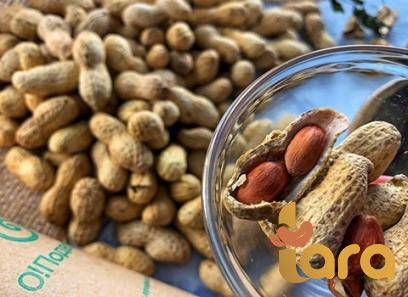 – Salt to taste Preparation: 1. Dry roast the raw peanuts on medium heat until they turn golden brown. Set aside to cool. 2. In a frying pan, heat sesame oil and add mustard seeds, cumin seeds, dried red chili peppers, asafoetida, and curry leaves. 3. Once the mustard seeds begin to crackle, remove the pan from heat and allow the mixture to cool. 4. Grind the roasted peanuts, spice mixture, and salt together in a food processor or mortar and pestle until you reach a coarse or smooth consistency. 5. Adjust the seasoning according to taste and serve. 3. Health Benefits of Raw Peanut Chutney: Apart from being a flavorful addition to meals, raw peanut chutney offers numerous health benefits. Peanuts, being an excellent source of plant-based protein, are an integral part of a vegetarian or vegan diet. Here are some of the key health benefits associated with consuming raw peanut chutney: a. Nutrient-Dense: Raw peanut chutney is laden with essential nutrients, including vitamins E and B, folate, magnesium, zinc, and dietary fiber. These nutrients contribute to overall health, brain function, and the maintenance of healthy skin. b. Heart-Healthy Fats: Peanuts are rich in monounsaturated fats, which help lower bad cholesterol levels (LDL) and reduce the risk of heart disease. These heart-healthy fats, when consumed in moderation, can be beneficial for overall cardiovascular health.
– Salt to taste Preparation: 1. Dry roast the raw peanuts on medium heat until they turn golden brown. Set aside to cool. 2. In a frying pan, heat sesame oil and add mustard seeds, cumin seeds, dried red chili peppers, asafoetida, and curry leaves. 3. Once the mustard seeds begin to crackle, remove the pan from heat and allow the mixture to cool. 4. Grind the roasted peanuts, spice mixture, and salt together in a food processor or mortar and pestle until you reach a coarse or smooth consistency. 5. Adjust the seasoning according to taste and serve. 3. Health Benefits of Raw Peanut Chutney: Apart from being a flavorful addition to meals, raw peanut chutney offers numerous health benefits. Peanuts, being an excellent source of plant-based protein, are an integral part of a vegetarian or vegan diet. Here are some of the key health benefits associated with consuming raw peanut chutney: a. Nutrient-Dense: Raw peanut chutney is laden with essential nutrients, including vitamins E and B, folate, magnesium, zinc, and dietary fiber. These nutrients contribute to overall health, brain function, and the maintenance of healthy skin. b. Heart-Healthy Fats: Peanuts are rich in monounsaturated fats, which help lower bad cholesterol levels (LDL) and reduce the risk of heart disease. These heart-healthy fats, when consumed in moderation, can be beneficial for overall cardiovascular health.
…
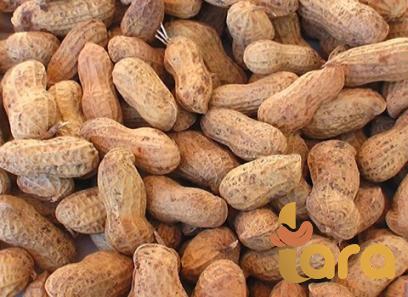 c. Weight Management: Despite their calorie content, peanuts have a high satiety value and can help with weight management when consumed in controlled portions. The combination of protein, fiber, and healthy fats in raw peanut chutney keeps you feeling fuller for longer, curbing unnecessary snacking. d. Antioxidant Powerhouse: Peanuts are packed with antioxidants, such as resveratrol and p-coumaric acid. These compounds help combat the harmful effects of free radicals, reduce inflammation, and protect against chronic diseases like cancer and heart disease. 4. Culinary Applications of Raw Peanut Chutney: Raw peanut chutney’s versatility makes it an ideal accompaniment for a wide range of dishes. The distinct flavor profile of peanuts, combined with the spices and herbs used in the chutney, elevates any dish it is paired with. Here are some of the popular culinary applications of raw peanut chutney: a. Dips and Spreads: The thick texture of raw peanut chutney makes it an excellent dip for snacks like vegetable sticks, crackers, samosas, or pakoras. It can also be used as a spread in sandwiches or wraps to add that extra layer of flavor. b. Accompaniment to South Indian Delicacies: In South India, raw peanut chutney is a timeless accompaniment for authentic dishes like dosas, idlis, vadas, and uttapams. Its spicy and tangy flavors perfectly complement the mild tastes of these dishes. c. Marinades and Dressings: Raw peanut chutney can be used as a base for marinades or dressings. It adds depth and complexity to grilled meats, vegetables, and salads. This gives a unique twist to your regular marinade or dressing, taking the flavor profile up a notch.
c. Weight Management: Despite their calorie content, peanuts have a high satiety value and can help with weight management when consumed in controlled portions. The combination of protein, fiber, and healthy fats in raw peanut chutney keeps you feeling fuller for longer, curbing unnecessary snacking. d. Antioxidant Powerhouse: Peanuts are packed with antioxidants, such as resveratrol and p-coumaric acid. These compounds help combat the harmful effects of free radicals, reduce inflammation, and protect against chronic diseases like cancer and heart disease. 4. Culinary Applications of Raw Peanut Chutney: Raw peanut chutney’s versatility makes it an ideal accompaniment for a wide range of dishes. The distinct flavor profile of peanuts, combined with the spices and herbs used in the chutney, elevates any dish it is paired with. Here are some of the popular culinary applications of raw peanut chutney: a. Dips and Spreads: The thick texture of raw peanut chutney makes it an excellent dip for snacks like vegetable sticks, crackers, samosas, or pakoras. It can also be used as a spread in sandwiches or wraps to add that extra layer of flavor. b. Accompaniment to South Indian Delicacies: In South India, raw peanut chutney is a timeless accompaniment for authentic dishes like dosas, idlis, vadas, and uttapams. Its spicy and tangy flavors perfectly complement the mild tastes of these dishes. c. Marinades and Dressings: Raw peanut chutney can be used as a base for marinades or dressings. It adds depth and complexity to grilled meats, vegetables, and salads. This gives a unique twist to your regular marinade or dressing, taking the flavor profile up a notch.

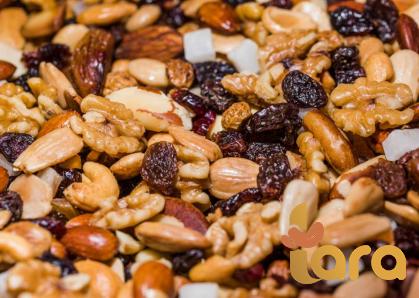
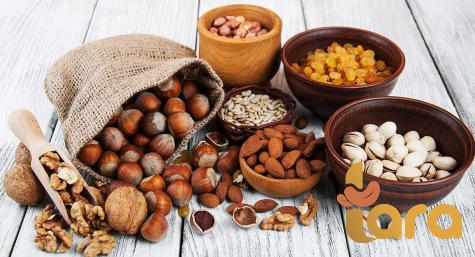
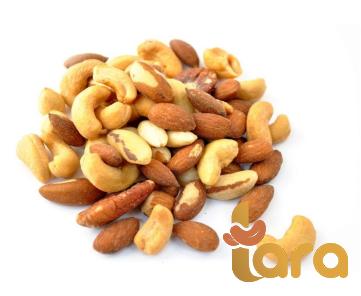
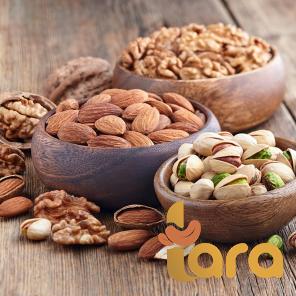
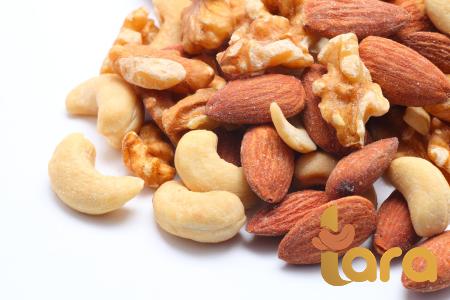
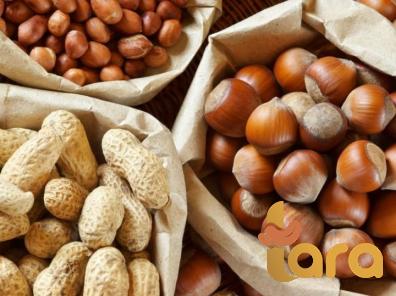
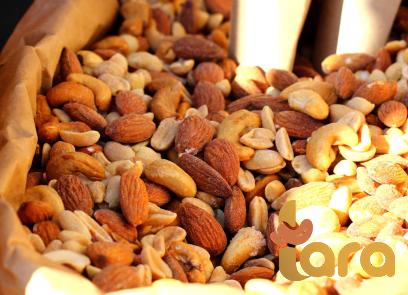
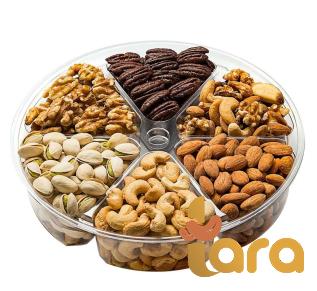
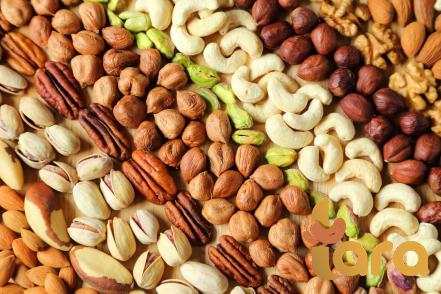
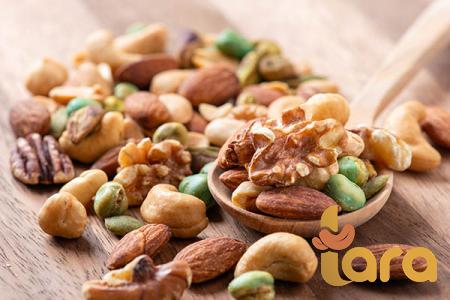
Your comment submitted.